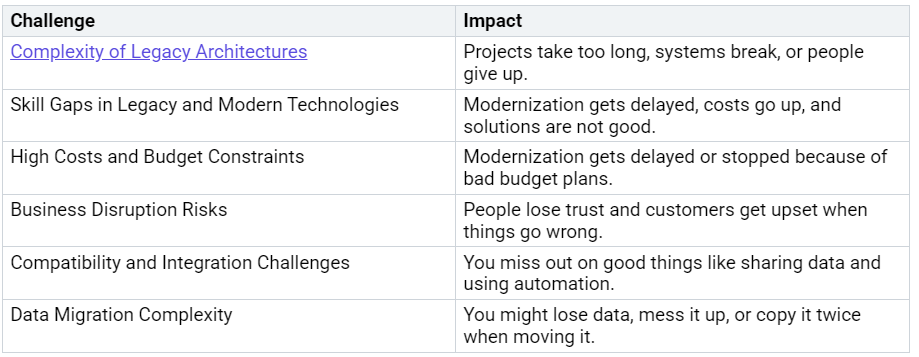How to Effectively Modernize Your Applications in Azure
To do well with App Modernization in Azure, you must fix the main problems that slow your business down. Old applications can make things slow, cost a lot, and cause stress. You may not have the right skills, or your systems may be too complicated. Sometimes, these problems can even stop your business from working.
You can solve these problems by using c…


